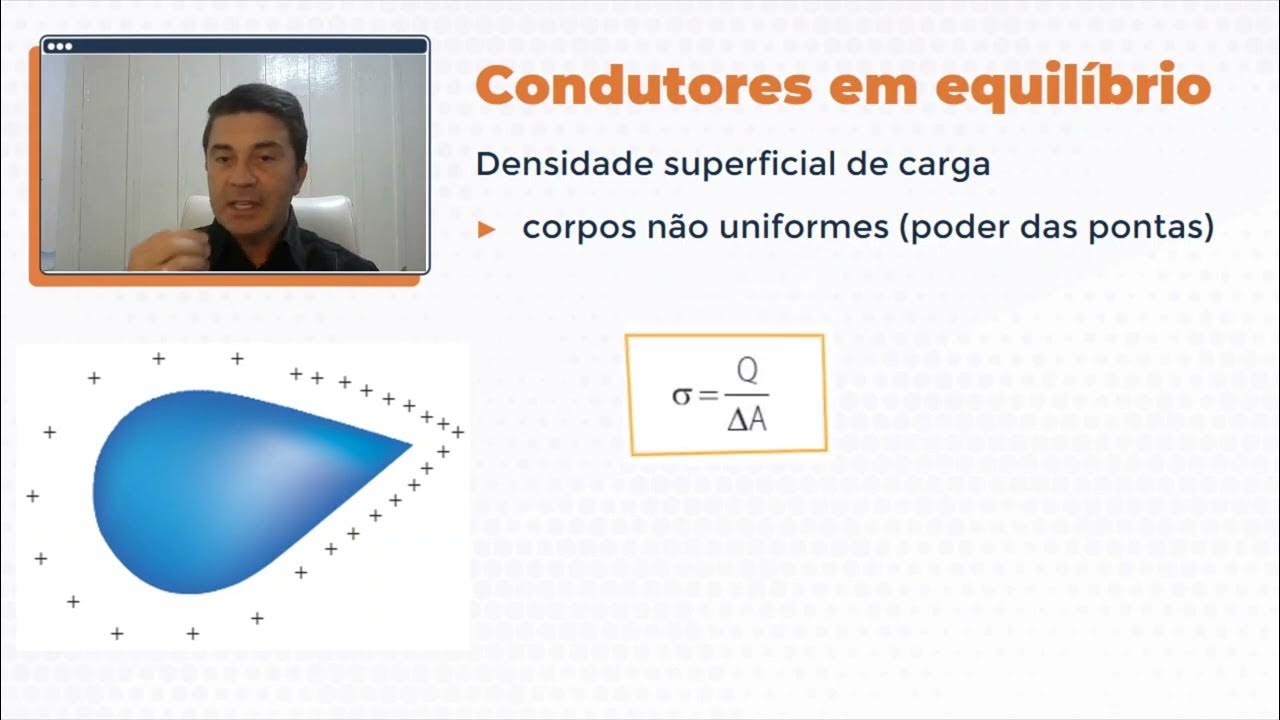Electric Potential, Current, and Resistance
Summary
TLDRIn this educational video, Professor Dave explains the concept of electric potential and its practical applications. He compares it to gravitational potential energy, illustrating how charged particles in an electric field can generate current. The video delves into the potential difference, measured in volts, and how it relates to energy transfer. It also covers electric current, measured in amperes, and resistance, measured in ohms. The script introduces the basics of electrical power, measured in watts, and highlights the importance of understanding these principles for mastering electrical technology.
Takeaways
- 🔋 The concept of electric potential is analogous to gravitational potential energy, with charged particles having the potential to accelerate towards each other due to their positions in an electric field.
- 💡 Electrical potential energy changes as charged particles move within an electric field, and this change can be calculated using the formula: charge times electric field strength times displacement.
- ⚡ The potential difference, measured in volts, is the difference in electric potential between two points in an electric field and is equivalent to the change in energy per unit charge.
- 🔌 A common battery has a potential difference ranging from 1.5 volts for small batteries to around 12 volts for a car battery, indicating the change in energy per unit charge as charges move.
- 🌊 The flow of charge produces usable energy, similar to how flowing water can push a waterwheel, highlighting the practical applications of electrical power.
- 🚀 Electric current is the net movement of electric charge through a medium, measured in amperes, which is the amount of charge passing a specific area per second.
- 🌐 The direction of electric current is opposite to the movement of negative charges, but current can be generated by particles of either charge.
- 🛠️ Conductors of electricity, such as metals and electrolytic solutions, allow for the free movement of electrons or charged ions, facilitating the flow of current.
- 🔩 Resistance is the opposition a material offers to the flow of electric charge, measured in ohms, and is influenced by the material's properties and dimensions.
- 🔌 Electric power, the rate at which charge carriers convert electrical potential energy to other forms, is calculated as current times potential difference, measured in watts.
- 💡 The script introduces various units related to electricity, such as volts, amperes, ohms, and watts, which are essential for understanding and working with electrical systems.
- 🎓 The tutorial emphasizes the importance of understanding these electrical concepts for further study in engineering and the development of technology, particularly in computing.
Q & A
What is electric potential and how is it related to electric force and electric fields?
-Electric potential is a measure of the potential energy per unit charge at a point in an electric field. It is related to electric force and fields as it quantifies the work done by the electric field on a charge and is a result of the presence of electric forces.
How does electrical potential energy compare to gravitational potential energy?
-Both electrical and gravitational potential energies are energies due to an object's position in a respective field. Gravitational potential energy is due to an object's position in a gravitational field, while electrical potential energy is due to a charged object's position in an electric field.
What is the concept of potential difference and how is it measured?
-Potential difference, also known as voltage, is the difference in electric potential between two points in an electric field. It is measured in volts and represents the change in electrical potential energy over electrical charge.
What is the SI unit for potential difference and what does it signify?
-The SI unit for potential difference is the volt (V), which signifies the amount of potential energy gained or lost by a charge of one coulomb when it moves through a potential difference of one volt.
How is the potential difference in a battery typically measured?
-The potential difference for the two terminals of a common battery is measured in volts, typically ranging from about 1.5 volts for small batteries to around 12 volts for a car battery.
What is the relationship between potential difference and energy?
-Potential difference is a measure of the change in energy per unit charge, not the total energy itself. It indicates how much energy a charge gains or loses as it moves through a potential difference.
What is electric current and how is it defined?
-Electric current is the net movement of electric charge through a medium. It is defined as the total charge passing through a given area divided by the time interval and is measured in amperes (A).
What is the SI unit for electric current and what does it represent?
-The SI unit for electric current is the ampere (A), which represents one coulomb of charge passing a particular cross-sectional area per second.
How is the direction of electric current related to the movement of charges?
-The direction of electric current is defined as the direction positive charges would move. However, it is opposite to the actual movement of negative charges, such as electrons in a conductor.
What is resistance and how is it related to potential difference and current?
-Resistance is the property of a material that opposes the flow of electric charge and is measured in ohms (Ω). It is the ratio of potential difference to current, indicating how much a material resists the flow of current.
What is electric power and how is it calculated?
-Electric power is the rate at which charge carriers convert electrical potential energy to other forms of energy. It is calculated as the product of current and potential difference and is measured in watts (W) or joules per second (J/s).
Outlines

此内容仅限付费用户访问。 请升级后访问。
立即升级Mindmap

此内容仅限付费用户访问。 请升级后访问。
立即升级Keywords

此内容仅限付费用户访问。 请升级后访问。
立即升级Highlights

此内容仅限付费用户访问。 请升级后访问。
立即升级Transcripts

此内容仅限付费用户访问。 请升级后访问。
立即升级5.0 / 5 (0 votes)






